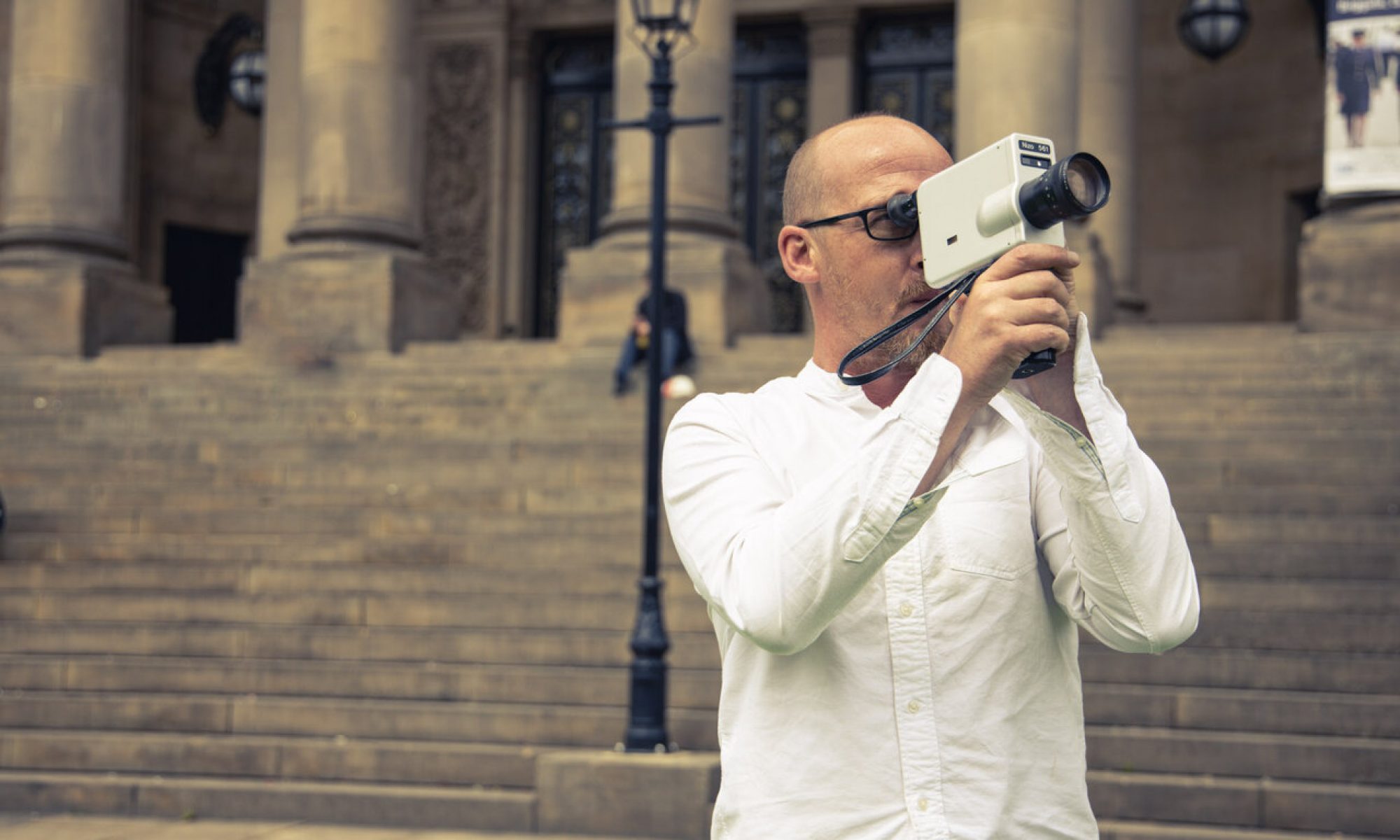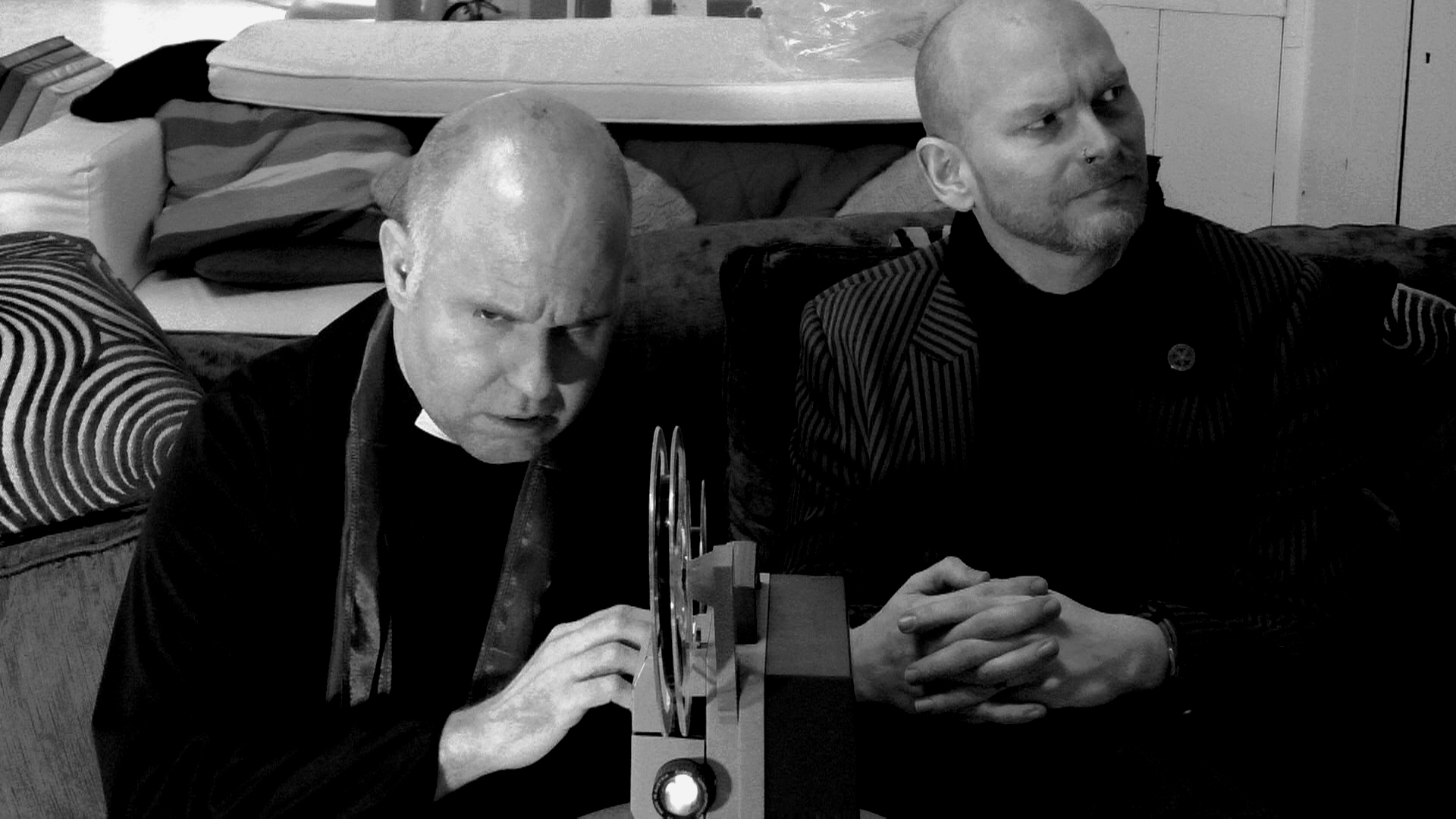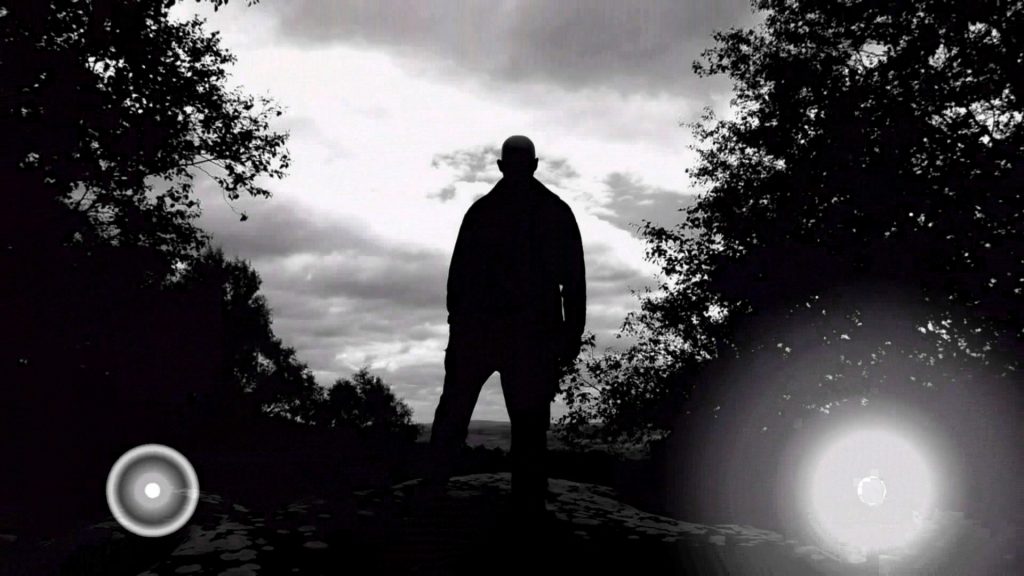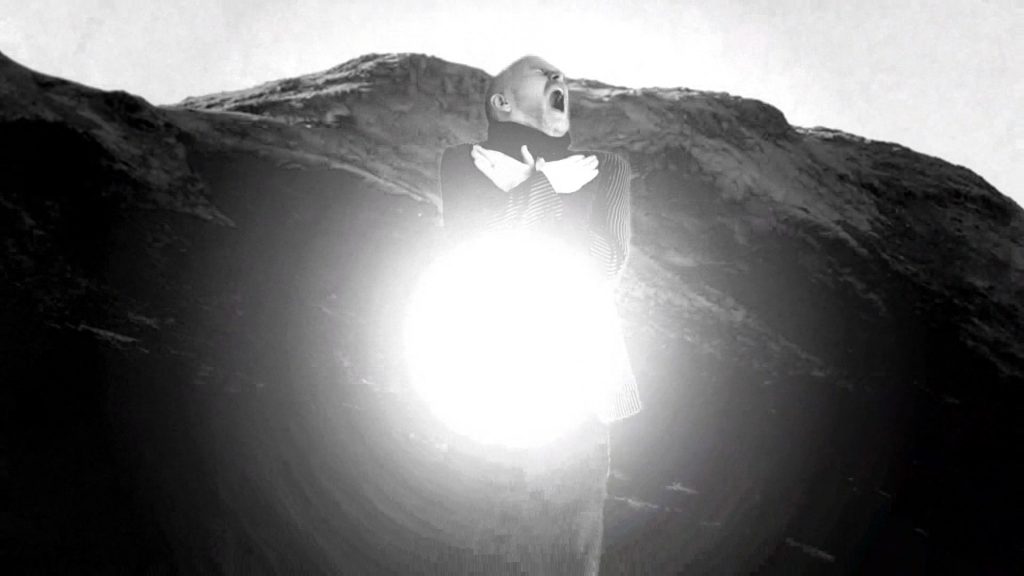My new feature film ‘When the Earth Gives Up the Dead’ (which is the final part of a trilogy of low budget horror films) is due to be released soon.
When I first released ‘Markham’ (2020) – the first film in the ‘Sekurig’ trilogy I did a few blog posts on the films that influenced Markham and these proved popular and stirred up some debate like this Reddit thread here.
Now all the three films in the trilogy ‘Markham’ (2020), ‘At The Mountains of Madness’ (2021) and ‘When the Earth Gives Up The Dead’ are influenced and based loosely on stories by horror writer H.P. Lovecraft, and visually I’m very keen on the same look (and style) in all three films.
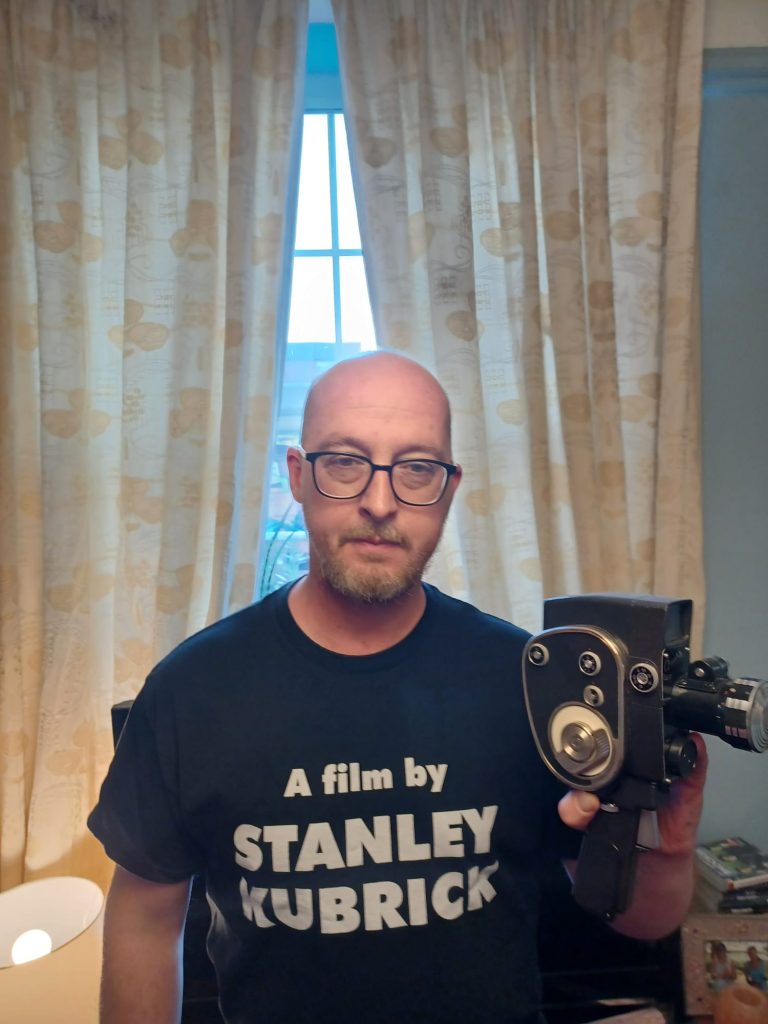
The look of all three films influenced mainly by Rumblefish. Sure there’s a little 2001 / Full Metal Jacket (and even The Shining) in each as well. All three films are shot in stark black and white which leans itself towards the look of Rumblefish – but the horror atmosphere is also influenced by Carpenter’s The Fog (his most sumptuously shot film). However, as we move towards the last film in the trilogy – which is by far the most ambitious (and expensive) of the three films – different influences came to the fore.
When the Earth Gives Up the Dead – has a huge set-piece (for a zero budget film) at the top of some high crags – where Cthulu is being summoned from the heavens – this sequence (and the build up to it) was heavily influenced by Close Encounters of the Third Kind (the sequence where the aliens land at the rock). It’s a large set piece of special effects – all achieved on an almost zero budget.
In this sequence – there are the following elements:
- There’s live action actors – acting in a green screen environment
- There are matte paintings (actually done with photo shopped photographs on plates)
- There are some digital affects
There are various layers – so, a mix of live action, green screen and optical – some of these plates had multiple runs of chromakey (green screen). In some shots, there are four or five levels of chroma just in the background alone: These can be things like – fake clouds, moon effects – all of which required multiple runs to just create the background action.
As well as the green screen and optical – for this sequence alone which had to do multiple location shoots – at Brimham Rocks in Yorkshire – these shoots were very quick half days, and we shot with a small gimbals (a steadicam type device) we also needed drone footage, and normal action type shots in the build up to the sequence.
The sequence itself – is probably the most action – film type sequence I’ve ever put together – it includes a shooting – a high fall – and then characters whisked off by a super natural force.
Also in this sequence is ‘The Child’ which was shot using forced prospective and Chroma key – ‘The Child’ character is in heavy SFX latex make-up.
The crag sequence is also cut and edited to an existing music track.
When putting together the loose script of this film (again, much of the shoot was improvised by the actors) I was pretty clear to myself (and the actors and prod team) that IF THIS SEQUENCE didn’t work – NOTHING in the film afterwards would work at all.
Matthew Cooper Director
The editor and I have spent over a week on the sequence alone in the edit – and finally – we’ve got something that works very well (and will carry the rest of the film). For a zero budget film – THE CRAG sequence was a hugely ambitious thing to try – especially when you think most low budget horror films stick a few actors to a confined location (Like a Cabin in the Woods, or broken down train etc). It was a massively ambitious thing to try within the realms of the money we had (almost nothing).
On top of all this – the sequence takes place mostly at night – and that requires careful lighting and grading (esp when the film is in black and white).
So, if anyone fancies analysing how we pulled of this sequence – these sleeve notes might help understand how we did it.
But why did we do this sequence- why even attempt something so ambitious on a zero budget?
All three of these films have been an experiment in shooting a film for no money – and to be honest – all three films have exceeded what we set out to do and each film has taught us something vital – about the limits we can go to with very little resource. When we planned the last film in the trilogy we really wanted to PUSH the envelope as far as we could go on a meagre budget. And while The Crag sequence shot for shot was the most complex – the whole film is peppered with sequences that were hard to achieve. For example.
The film has a four minute sequence in shot in New York (and none of the actors in that sequence ever travelled to the states). There is shot on Super 8mm exorcism sequence that is very convincing. There is an extended period set in Vietnam during the 90s that pays tribute to Apocalypse Now – we never went to Vietnam (or anywhere near) to shoot it. There are endless bits of creativity and trickery in all of the sequences and most impressive of all.
Nearly the WHOLE live action portion on the film – the actors themselves – was shot in just five days (this is an 80s minute film) where the actors (who are in every scene) got most of their performances down in just FIVE DAYS.
Special mention has to go to Tony Coughlan (who plays two roles), Ashe Russell (who plays two roles) in particular – their work over the five day shoot was very gruelling and non-stop and they nailed (both) of their roles (and managed to be funny and dramatic when required).
Shooting a low budget films is hard – but shooting a zero budget film (this was shot for less than £2k) is one of the hardest things possible.
Keep checking back – I’ll blog more about ‘When The Earth Gives up the Dead’ prior to its release
There are stills from the sequence below: and you can buy all three films here: on DVD click here or you can buy Markham on VOD here. You can also buy At the Mountains of Madness on VOD here.
Matthew Cooper has been a script writer for hire and UK script consultant for over 20 years. He’s written for most of the UK soaps, including writing award-winning episodes of Emmerdale, EastEnders, Hollyoaks and Family Affairs and has been BAFTA shortlisted and Royal Television Society nominated as a script writer.
His directorial debut, the rubber reality horror thriller ‘Markham’ was released in 2020, his second feature film as director ‘At The Mountains Of Madness’ hit the screen in 2021. You can find out more about Matthew’s work as a director here.
You can find some of his broadcast credits on the IMDb. Matthew is also a judge in the Page Turner Awards 2022.
